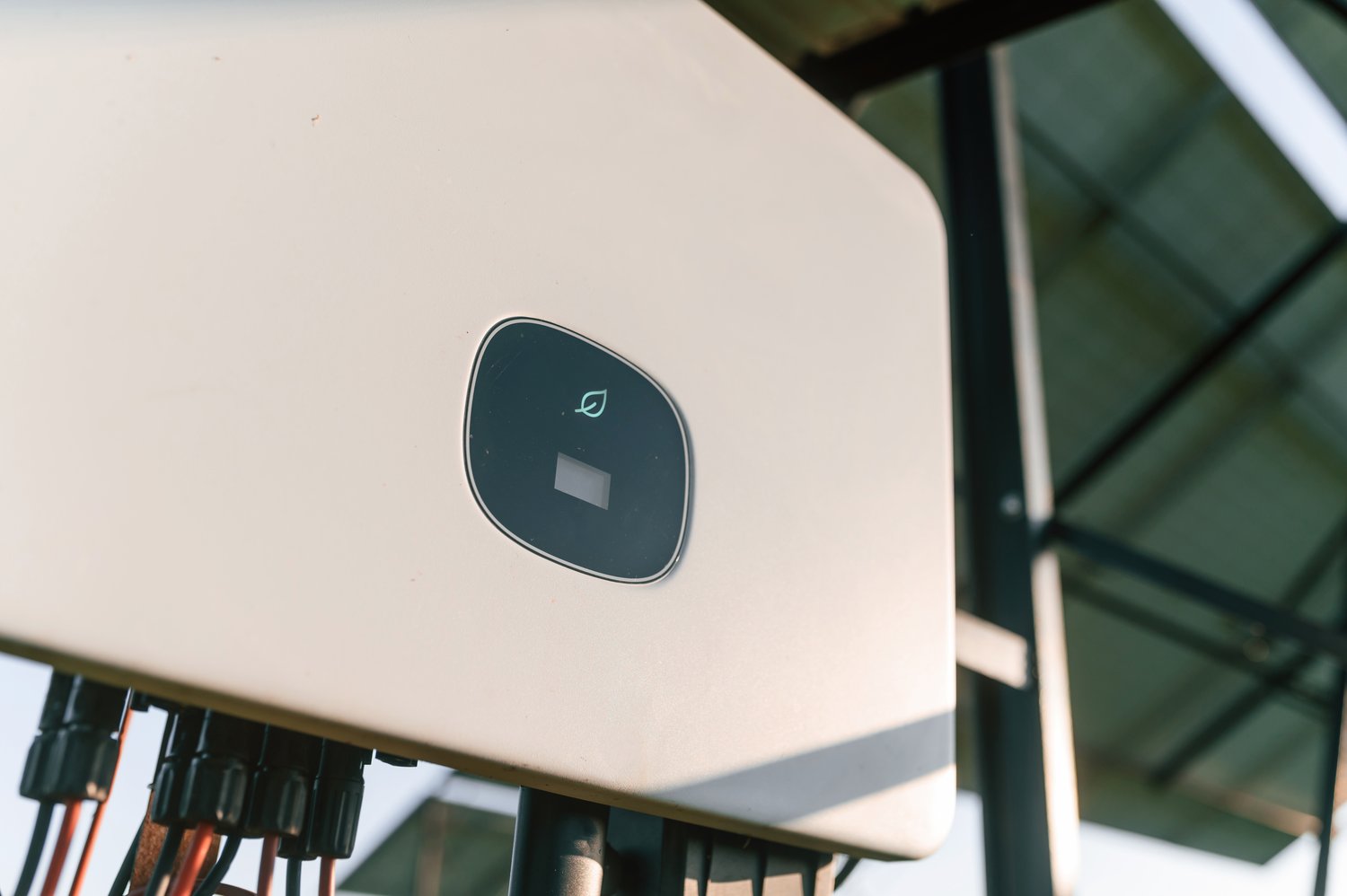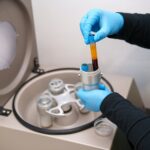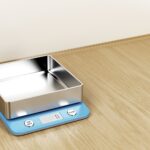Understanding photovoltaic inverters
Photovoltaic inverters are essential components in solar energy systems. These devices convert direct current (DC) from solar panels into alternating current (AC) for use in homes and businesses. A typical inverter can handle between 1,000 and 8,000 watts of power. Inverters come in different types, including string inverters, microinverters, and power optimizers.
The efficiency of photovoltaic inverters typically ranges from 95% to 98%. This high efficiency ensures minimal energy loss during the conversion process. Modern inverters often include features like maximum power point tracking (MPPT) to optimize energy production. Photovoltaic inverters play a crucial role in the overall performance of solar energy systems.
When selecting an inverter, consider factors such as power rating, efficiency, and warranty. Most manufacturers offer warranties ranging from 5 to 25 years. It’s important to choose an inverter that matches your solar panel system’s capacity and your energy needs.
Exploring 3 phase inverters
3 phase inverters are commonly used in commercial and industrial solar installations. These inverters can handle higher power outputs, typically ranging from 10 kW to 100 kW or more. They are designed to work with three-phase electrical systems, which are standard in many countries for larger buildings and industrial applications.
One advantage of 3 phase inverters is their ability to balance loads across three phases. This results in more stable power output and reduced stress on the electrical system. These inverters often have a longer lifespan compared to single-phase models, with some lasting up to 20 years or more.
3 phase inverters are typically more efficient than single-phase models, with efficiencies often exceeding 98%. They also tend to have more advanced monitoring and control features, allowing for better system management and optimization.
Benefits of 1 phase inverters
1 phase inverters are ideal for residential solar installations and small commercial systems. These inverters typically handle power outputs ranging from 1 kW to 10 kW. They are designed to work with single-phase electrical systems, which are common in most homes.
1 phase inverters are generally more compact and easier to install than their three-phase counterparts. This makes them suitable for installations with limited space. Many modern 1 phase inverters include built-in monitoring systems, allowing homeowners to track their solar energy production easily.
The cost of 1 phase inverters is typically lower than 3 phase models. This makes them a cost-effective choice for smaller solar installations. Most 1 phase inverters have a lifespan of 10 to 15 years, providing reliable service for residential solar systems.
Integrating inverters with energy storage systems
Photovoltaic and energy storage systems are becoming increasingly popular. These systems combine solar panels with battery storage, allowing users to store excess energy for later use. Hybrid inverters are specifically designed for these systems, managing both solar power generation and battery charging.
Energy storage systems typically use lithium-ion batteries with capacities ranging from 3 kWh to 20 kWh for residential applications. Photovoltaic and energy storage systems can provide backup power during grid outages, increasing energy independence.
When integrating inverters with energy storage, it’s important to consider factors such as battery compatibility, charging efficiency, and system scalability. Some advanced systems allow for remote monitoring and control through smartphone apps or web interfaces.
Maintenance and troubleshooting of photovoltaic inverters
Regular maintenance can extend the life of your photovoltaic inverter. This includes periodic visual inspections, cleaning of ventilation systems, and checking for loose connections. Most inverters have indicator lights or displays that show their operational status.
Common issues with inverters include overheating, grid connection problems, and communication errors. Many of these can be resolved by resetting the inverter or updating its firmware. It’s recommended to keep a log of any error messages or unusual behavior for troubleshooting purposes.
If you encounter persistent problems, it’s best to consult with a qualified technician. They can perform more advanced diagnostics and repairs. Most inverter manufacturers offer technical support and may provide on-site service for warranty claims.





